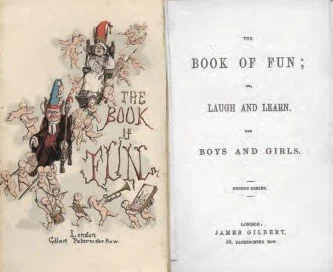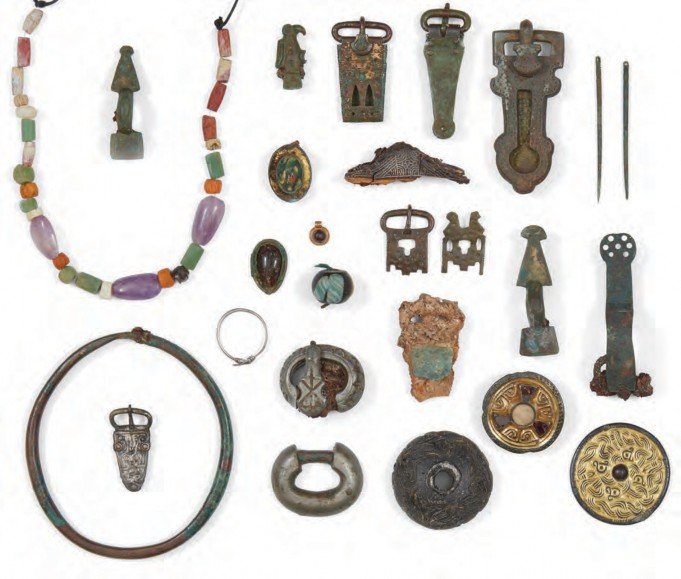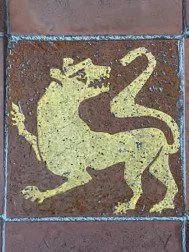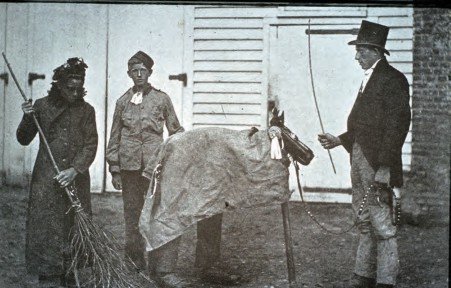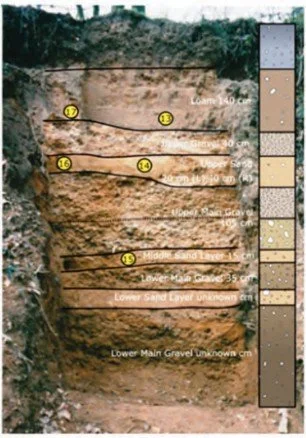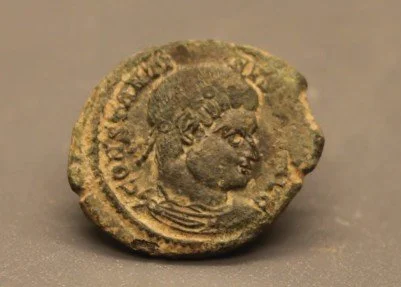
KAS Magazine, Issue 119, Winter 2022
Ancient sites, medieval animals, Dickens, Tudor and Roman finds, and more.
Contributions to the next issue are welcome. See the guidance for contributors and contact Editor Craig Campbell.
Search page
Search within this page here, search the collection page or search the website.
Previous
Previous
2023 Lees Court Estate: Community Archaeological Excavation Reveals Newly Discovered Prehistoric Past
Next
Next
Welcome from the Editor
Featured
Richard Taylor, 2022, KAS Magazine, Issue 119 (Winter 2022), Maidstone: Kent Archaeological Society.
Kerry Brown, 2022, KAS Magazine, Issue 119 (Winter 2022), Maidstone: Kent Archaeological Society.
KAS Magazine, Issue 119 (Winter 2022), Maidstone: Kent Archaeological Society.
KAS Magazine, Issue 119 (Winter 2022), Maidstone: Kent Archaeological Society.



